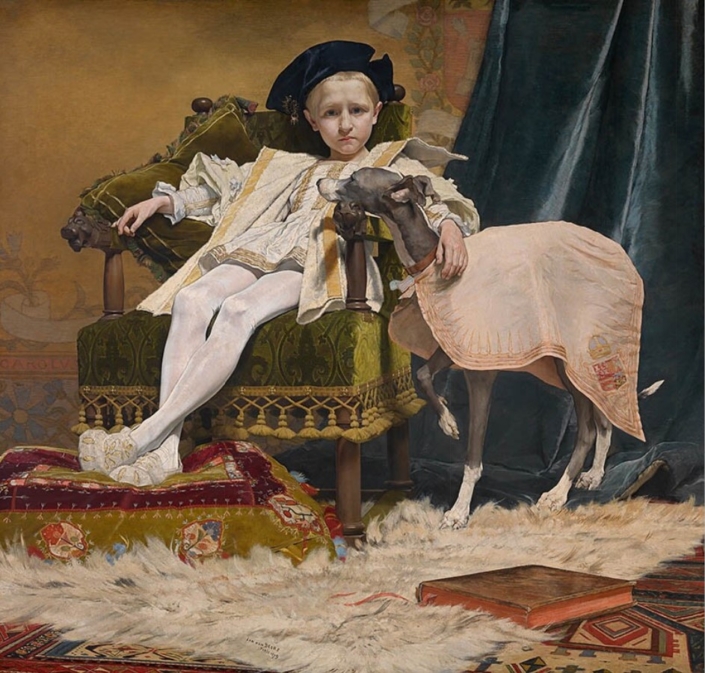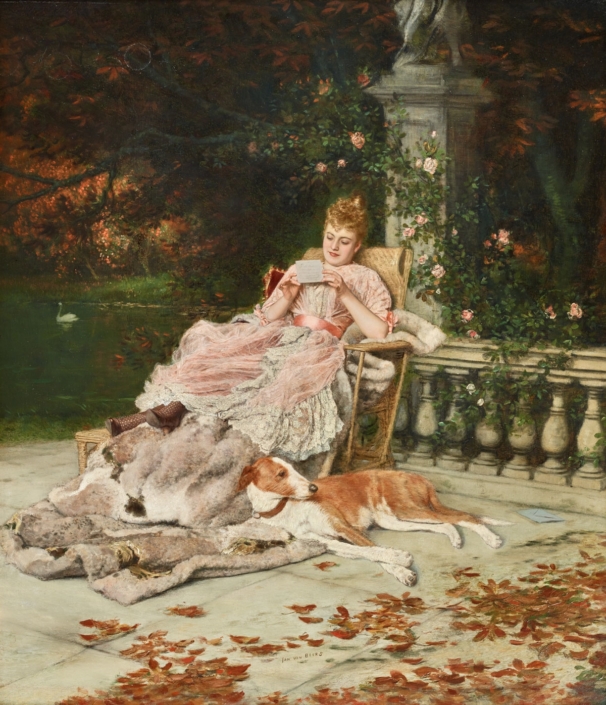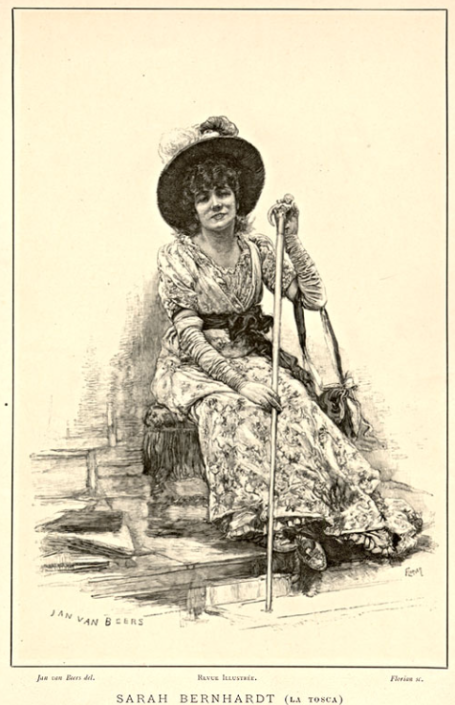1852-1927
A Master of Portraits, History, and Genre Scenes
Jan Van Beers, a renowned Belgian painter born in Lierre in 1852, left an indelible mark on the world of art during his lifetime. His father, a celebrated poet, may have influenced his early artistic inclinations, and he soon carved a niche for himself in the art world. Van Beers associated with influential figures, including the composer Pierre Benoit (1834-1901), whom he immortalized in a portrait in 1883, and the esteemed painter Baron Henri Leys.
Van Beers honed his artistic talents at the prestigious Antwerp Fine Arts Academy, where he quickly rose to prominence as a leader among a group of young, promising artists collectively known as the “Van Beers clique.” This creative circle included talents like Piet Verhaert (1852-1908), Alexander Struys (1852-1941), and Jef Lambeaux (1852-1908).
In his formative years, Jan Van Beers was known for his historical paintings, exemplified by works such as “The Funeral of Charles the Good, Count of Flanders” (1876, Petit Palais) and “The Witch” (1877). Critics unanimously acknowledged his technical mastery, often drawing comparisons between Van Beers and the great masters of Flemish painting.
In 1878, Jan Van Beers made a significant move to Paris, where he began working in the studio of A. Stevens. During this period, he diversified his artistic output, creating large-scale historical pieces, breathtaking landscapes, and small genre paintings. Post-1879, he shifted his focus towards genre scenes and subjects depicting modern life, all executed in a meticulous, photo-realistic style. His oeuvre featured incredibly detailed and impeccably finished small paintings that captivated audiences. The impact was almost immediate, and in 1880, when he unveiled “Soir d’Été” at the Paris Salon, art critics lauded his elegant and refined touch.
However, the following year, at the Brussels Salon of 1881, Van Beers found himself at the center of a scandal. He exhibited two paintings: “Lily,” a petite portrait of a young girl, and “The yacht ‘Sirene’.” With the latter painting, Belgian critics, Solvay and De Mons, raised suspicions that Van Beers had painted over a photograph, dubbing his work a “photo-peinture.” In contrast, “l’Art Moderne” magazine came to his defense, suggesting that these allegations were fueled by jealousy from less successful artists. In response to the accusations, Van Beers requested that both paintings be examined by experts.
Shockingly, an unknown individual vandalized “The yacht ‘Sirene’” by defacing the face of the young woman depicted. After an exhaustive examination, the commission’s report exonerated Jan Van Beers of all charges and unequivocally declared him “an honest man.” This incident did little to tarnish his reputation, and his dedication to his craft continued to shine in the world of art.
Jan Van Beers’ legacy endures as a masterful artist, celebrated for his technical brilliance and unique contributions to the world of portraits, history, and genre scenes. His journey, marked by both accolades and challenges, remains an integral part of the rich tapestry of art history.







